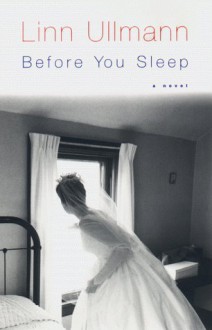
The Nobel Prize laureate in literature of 1928, Norwegian writer Sigrid Undset, begins her novel Jenny with Helge Gram's long yearned for arrival in Rome. Lost in the maze of unknown streets, he asks two Northern looking young women for help. They are Jenny Winge and her friend Cesca Jahrman, two painters living in Rome. During the following weeks they and other friends pass much time together, above all Helge and Jenny. On her birthday in January Helge avows his love to Jenny and asks a kiss of her. At first Jenny is reluctant at first, but eventually she gives in.
The following months are filled with billing and cooing each other neglecting their friends as well as their painting and historical studies respectively. When Jenny's return home is impending in spring, they agree to get married in a couple of months, but Norway is a completely different world from Rome. Soon Jenny and Helge get estranged from one another. When Helge realizes that he isn't and can never be everything in the world to Jenny, more than her work and her friends, he breaks up with her and leaves. Later that night Helge's father Gert, a failed painter himself and a womanizer trapped in an unhappy marriage, visits Jenny to see how she is. Other visits follow and they begin an affair which Jenny ends not knowing yet that she is pregnant. She decides to have the baby alone and gives birth to a son who lives only six weeks.
Grieve-stricken and desperate Jenny travels to Rome again joining her painter friend Gunnar Heggen who does everything in his power to cheer her up. After several months he declares that he loves her and asks her to marry him, but Jenny can't make up her mind to accept the proposal. Then Helge turns up in Rome all of a sudden. Jenny isn't determined and strong enough to send Helge away and to resist his kisses. They spend the night together, but Jenny has already made up her mind to end her sufferings once and for all as soon as Helge leaves. Gunnar remains behind to mourn her at her grave.
Considering that Jenny has first been published in 1911, thus more than hundred years ago, it is not just a realistic, but also a very modern novel. It concentrates on the protagonist's inner development and the way how she copes with her surroundings and her desires. Consequently the stream of consciousness is an important stylistic device used to show Jenny's inner confusion and conflicts.
I have been agreeably surprised by this almost forgotten classic of Scandinavian literature. Jenny was a read which I enjoyed very much although I couldn't always comprehend why Jenny and the others acted or thought the way they did.
To read the complete review click here to go to my blog Edith's Miscellany.

 Log in with Facebook
Log in with Facebook 








